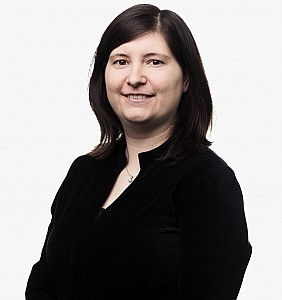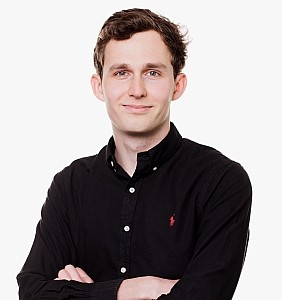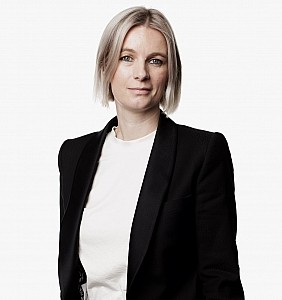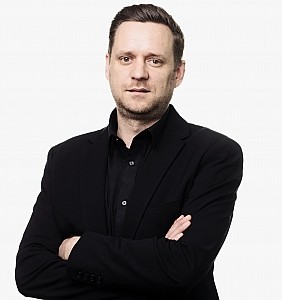No Patent Extension for novel use of a known active ingredient – signs of a more open patent policy for medicines?


In Europe, patent extension for pharmaceutical and plant protection products may be extended by means of a so called Supplementary Protection Certificate or SPC. SPCs apply to specific pharmaceutical and plant protection products that have been authorized by regulatory authorities and serve to extend the patent life of the latter. An SPC can extend a patent right for a maximum of five years and serves to compensate for the often long regulatory trajectory these products have to go through prior to obtaining market authorization. A further six months extension is available for products having a pediatric use.
The legal framework of SPCs for patented pharmaceutical and plant protection products is Council Regulation (EC) 469/2009 and 1610/96. The interpretation of the SPC regulation has been extensively challenged in the past and has led to multiple CJEU decisions.
The CJEU just added a new chapter to long book of decisions regarding the SPC Regulation. Article 3(d) of the Regulation requires that an SPC application must rely on “the first authorization to place the product on the market as a medicinal product”. Up till 2012, it was understood that an SPC application thus must relate to a novel pharmaceutical or plant protection product. Known products for which a second medical use was discovered, were excluded from additional patent protection via the SPC route. This vision changed in 2012 with the CJEU Neurim decision (C-130/11). In this decision, the Court found that an application for an SPC might be eligible for grant, even if it relied on an active ingredient for which an earlier marketing authorization existed, but for which a novel use was discovered (so called second medical use). The Neurim decision opened up a wide window of possible patent extensions. Indeed, in theory, every novel use of a known product might no be eligible for an SPC.
That door has now been shut by the recent Santen decision of 9 July 2020 (C-673/18). Santen is a pharmaceutical company that holds a patent on an ophthalmic emulsion with ciclosporin as the active ingredient. Based on this patent, Santen filed an application for an SPC on a medicinal product using ciclosporin for the treatment of keratitis. This application was rejected by the French Industrial Property Office (INPI) in view of the existence of a previous marketing authorization of Santen for a product with the same active ingredient. That product was however used for other indications. Santen challenged this rejection before the Court of Appeal of Paris, which subsequently referred the case to the Court of Justice to clarify the interpretation of Article 3(d) of the SPC Regulation.
The CJEU concluded in its Santen decision as follows:
“Article 3(d) must be interpreted as meaning that a marketing authorization cannot be considered to be the first marketing authorization, for the purpose of that provision, where it covers a new therapeutic application of an active ingredient, or of a combination of active ingredients, and that active ingredient or combination has already been the subject of a marketing authorization for a different therapeutic application.”
Bottomline: a marketing authorization for a novel use of an active ingredient for which an earlier authorization is already granted, cannot be considered as a ‘first marketing authorization’ in the sense of Article 3(d) of the regulation. Any SPC application based on such subsequent authorization must thus fail.
With this judgement, the CJEU has ended the possibility for innovators to extend their patent protection on molecules for longer periods, especially if these molecules have multiple different uses. While the Santen decision helps in the interpretation of the SPC Regulation, and certainly makes the latter more simple, the decision is at the same time bad news for companies that in the past have relied on the Neurim decision to obtain patent extension for novel use of their molecules. These companies now see that protection go up in the air. The decision may also be a blow for those companies that are investing resources and time in finding novel uses for known ingredients.
Nonetheless, it seems that the decision of the CJEU fits right into the current zeitgeist towards a more open patent policy to create easier access to medical treatments. In 2019, the World Health Organization released a proposal for a medicine patent pool, which would make it easier for third parties to access essential intellectual properties of others. The proposal was built after an earlier initiative for a Medicines Patent Pool launched in 2010 with the support of Unitaid, its goal being the provision of improved access to affordable and appropriate HIV, hepatitis C and tuberculosis medicines in low- and middle-income countries. This first initiative was renewed in 2018.
With 2020 being the year wherein the world has been held hostage by the covid-19 pandemic, WHO and Costa Rica further upped the game by launching the COVID-19 Technology Access Pool (C-TAP) in May 2020. The initiative aiming to accelerate the development of vaccines and medicines through the sharing of research is to date endorsed by many countries, including Belgium and The Netherlands. But the support of big influential players such as US, UK, Germany, Switzerland and France, hubs for large pharmaceutical companies, is noticeably absent. Also the pharmaceutical industry seems to react coldly on the proposal. When asked about his opinion, Dr. Albert Bourla, CEO of Pfizer, was explicitly vocal on the topic, calling it “nonsense” and “dangerous”.
Still, a strong political statement has been made and it is unlikely that this debate will go away anytime soon. It is now up to those that showed their commitment to provide an implementation that is acceptable to all parties involved.
Do you have a question?
We would be happy to assist you.
Make an appointment with one of our experts.
Rest assured, you're not alone.
Feel free to browse through the FAQ and don't hesitate to
contact us if you still have any doubts.




